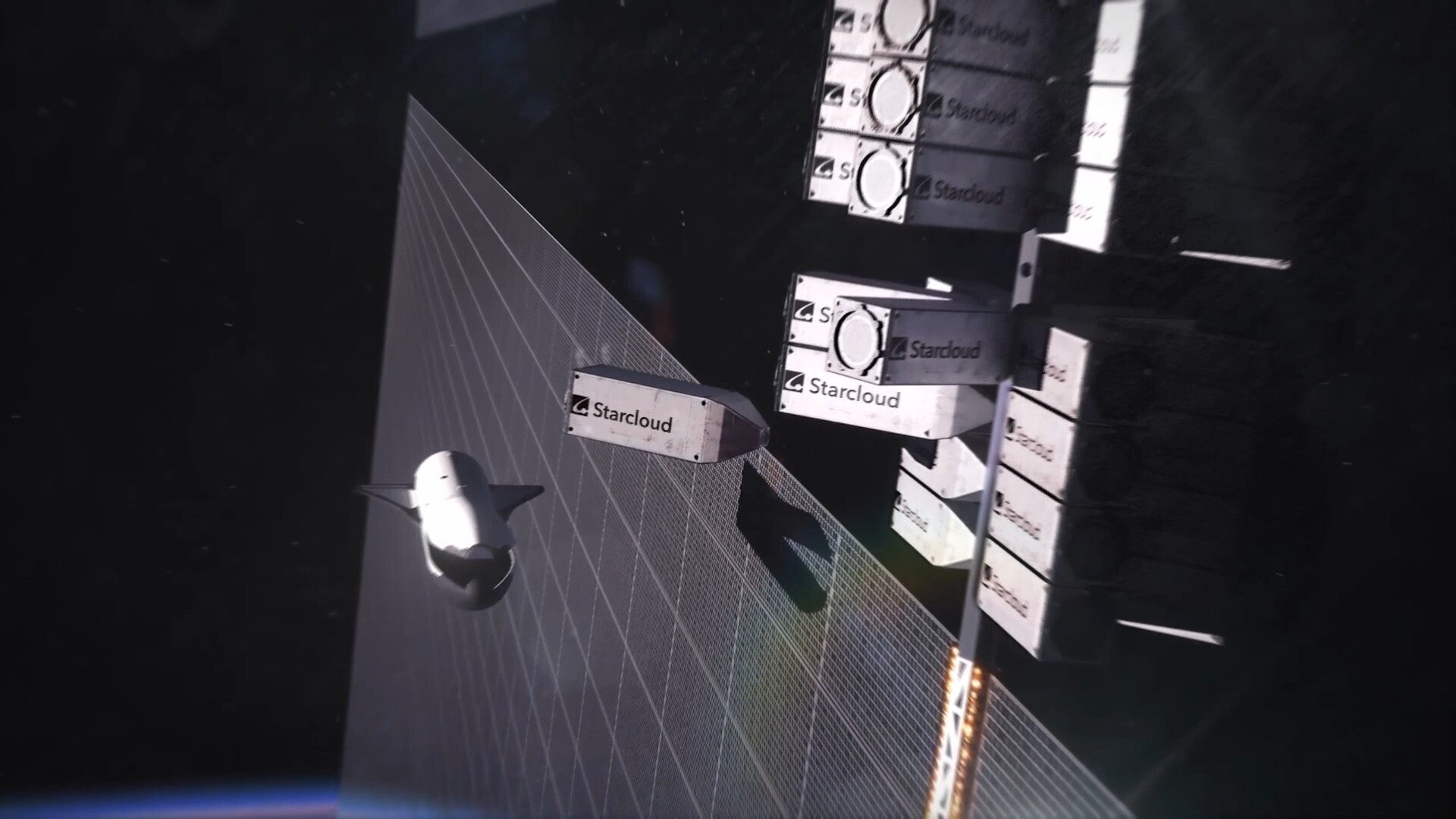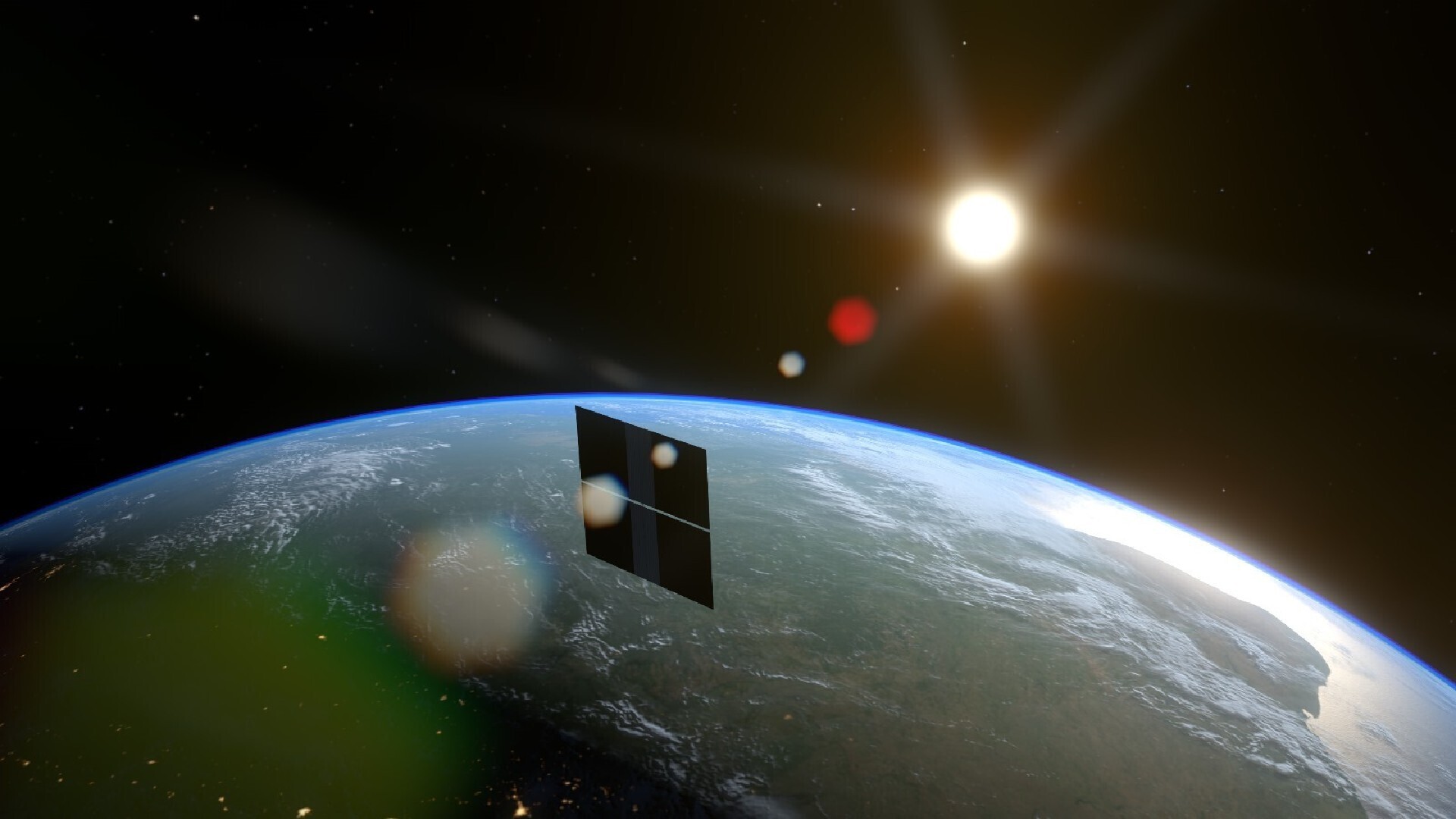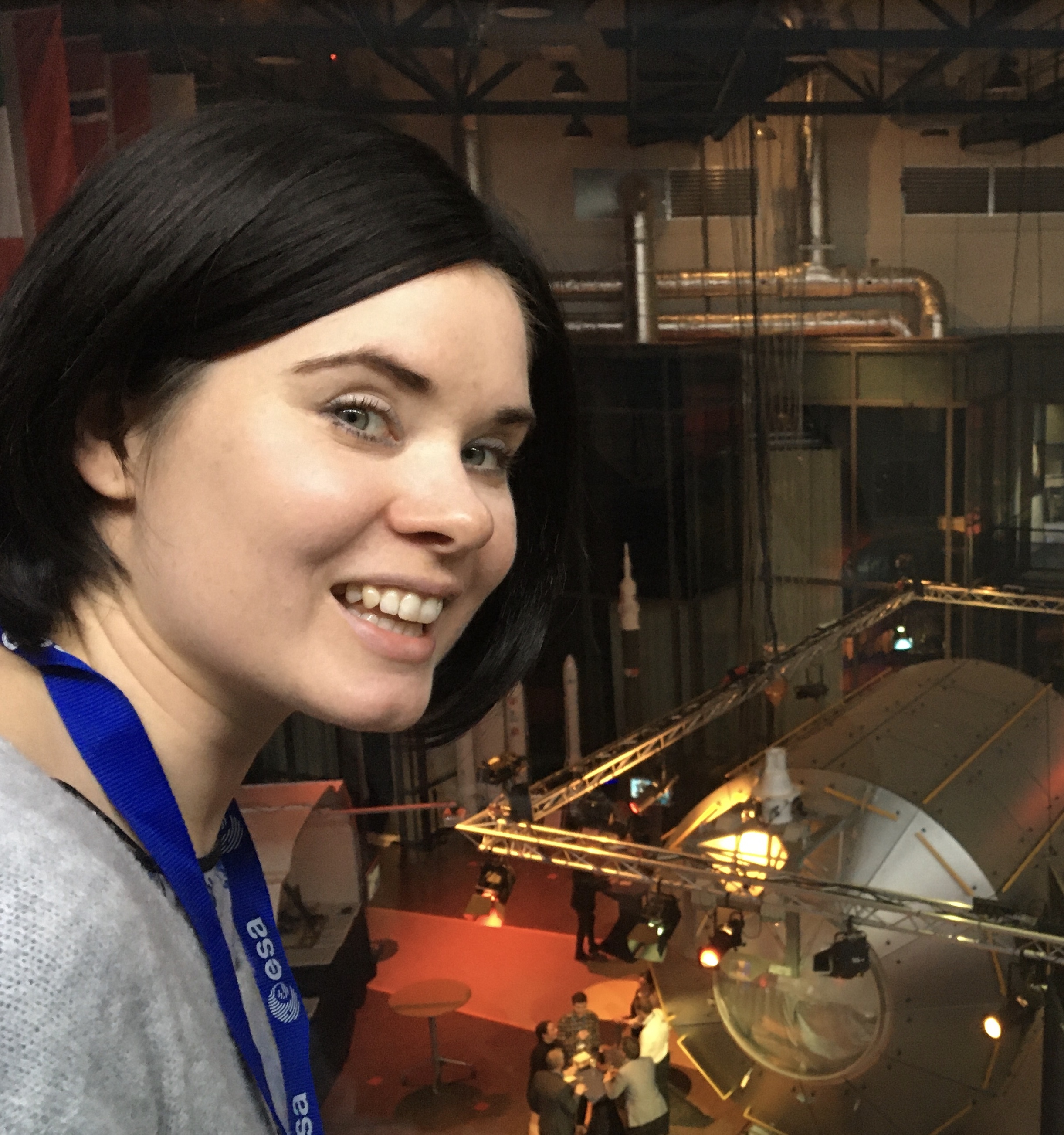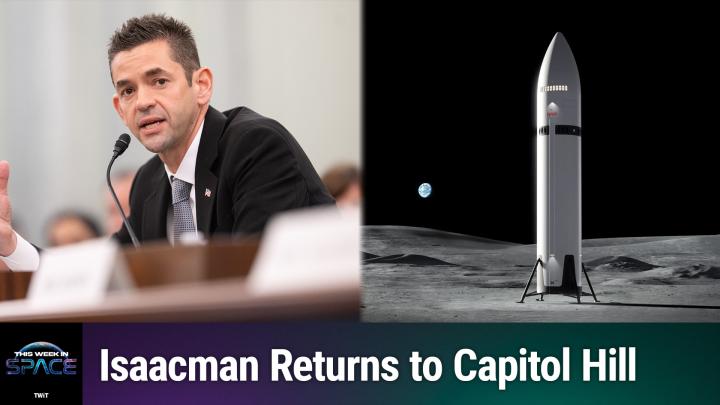Powerful NVIDIA chip launching to orbit next month to pave way for space-based data centers
"In 10 years, nearly all new data centers will be being built in outer space."

An NVIDIA GPU is heading toward its record-setting orbital debut, a trip that will test how data centers could work in the final frontier.
The NVIDIA H100 GPU, which is about 100 times more powerful than any processor that has flown in space to date, will fly aboard the Starcloud-1 satellite, which is expected to launch atop a SpaceX Falcon 9 rocket next month.
The company behind the mission, the Redmond, Washington-based Starcloud, will use the mission to test how data processing could work in space, as the first step in an ambitious plan to build large-scale computing infrastructure in orbit.
Moving data crunching to space would reduce the environmental burden that the world's growing computing needs present for communities on Earth, some technologists believe.
Data centers consume huge amounts of electricity and water, putting strain on local supplies. They also generate noise and contribute to climate-warming greenhouse gas emissions. In space, power and cooling would be easier to come by, and any potential noise would bother no one.
"In space, you get almost unlimited, low-cost renewable energy," Philip Johnston, cofounder and CEO of Starcloud, said in a statement. "The only cost on the environment will be on the launch; then there will be 10x carbon-dioxide savings over the life of the data center compared with powering the data center terrestrially on Earth."
To move data centers to space, however, will require launch costs to go down a lot. Starcloud expects that the cost calculation will be just right when SpaceX's Starship megarocket becomes fully operational, which could happen in the early 2030s.
Breaking space news, the latest updates on rocket launches, skywatching events and more!
"In 10 years, nearly all new data centers will be being built in outer space," Johnston predicted.
In the meantime, the Starcloud-1 satellite will test the basics of orbital data processing by crunching data from Earth-observing satellites to generate swift insights for users on Earth.
High-resolution optical and radar images comprise huge amounts of pixels, requiring satellites to beam to Earth massive data sets. Ground stations are not always available, and bandwidth is limited, so data frequently reaches recipients with delays. Processing data in orbit would remove some of these bottlenecks, as the best images would be identified directly in orbit and sent to Earth during the earliest ground station passage.
The Starcloud-1 satellite will also run the Gemma open language model from Google, another major space first.

"Starcloud needs to be competitive with the type of workload you can run on an Earth-based data center, and the NVIDIA H100 GPU is by far the most performant in terms of training, fine-tuning and inference," Johnston said.
If all goes well, the company will launch more powerful satellites in the coming years, testing more powerful NVIDIA GPUs, including the NVIDIA Blackwell platform, which will offer another up to tenfold improvement in performance, Starcloud said in the statement.

Tereza is a London-based science and technology journalist, aspiring fiction writer and amateur gymnast. Originally from Prague, the Czech Republic, she spent the first seven years of her career working as a reporter, script-writer and presenter for various TV programmes of the Czech Public Service Television. She later took a career break to pursue further education and added a Master's in Science from the International Space University, France, to her Bachelor's in Journalism and Master's in Cultural Anthropology from Prague's Charles University. She worked as a reporter at the Engineering and Technology magazine, freelanced for a range of publications including Live Science, Space.com, Professional Engineering, Via Satellite and Space News and served as a maternity cover science editor at the European Space Agency.
You must confirm your public display name before commenting
Please logout and then login again, you will then be prompted to enter your display name.
